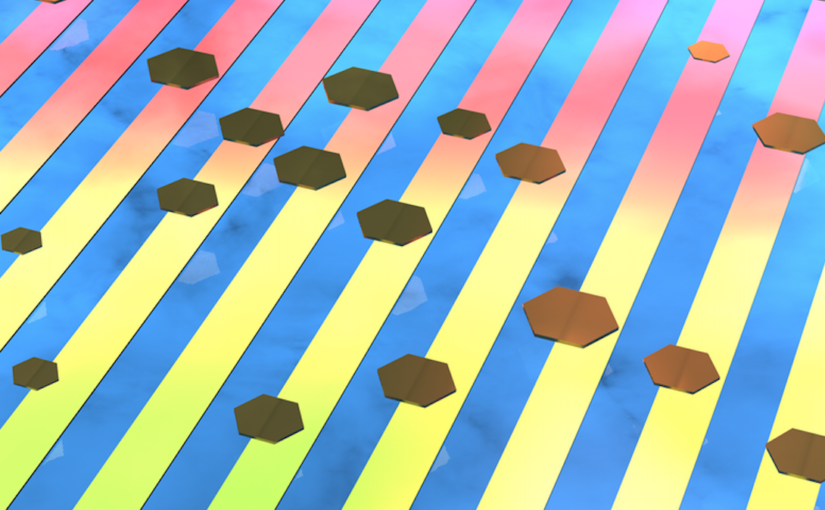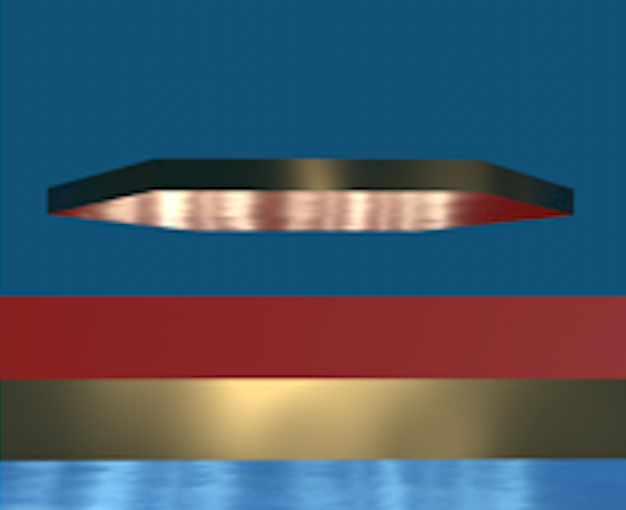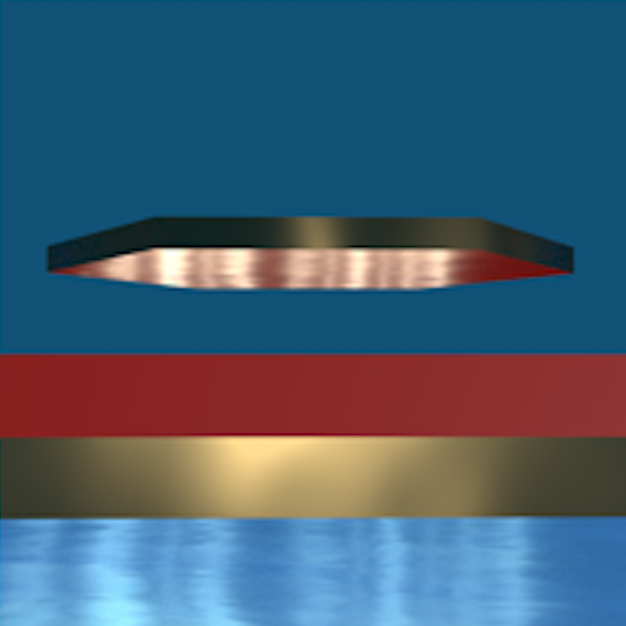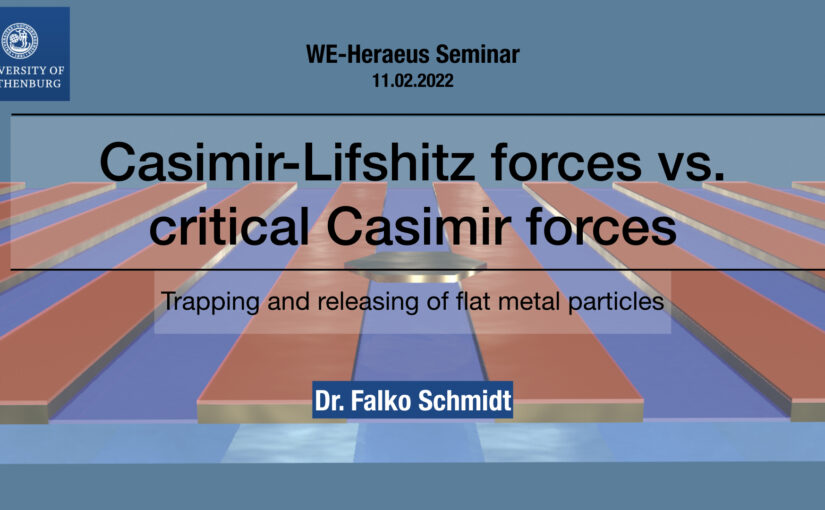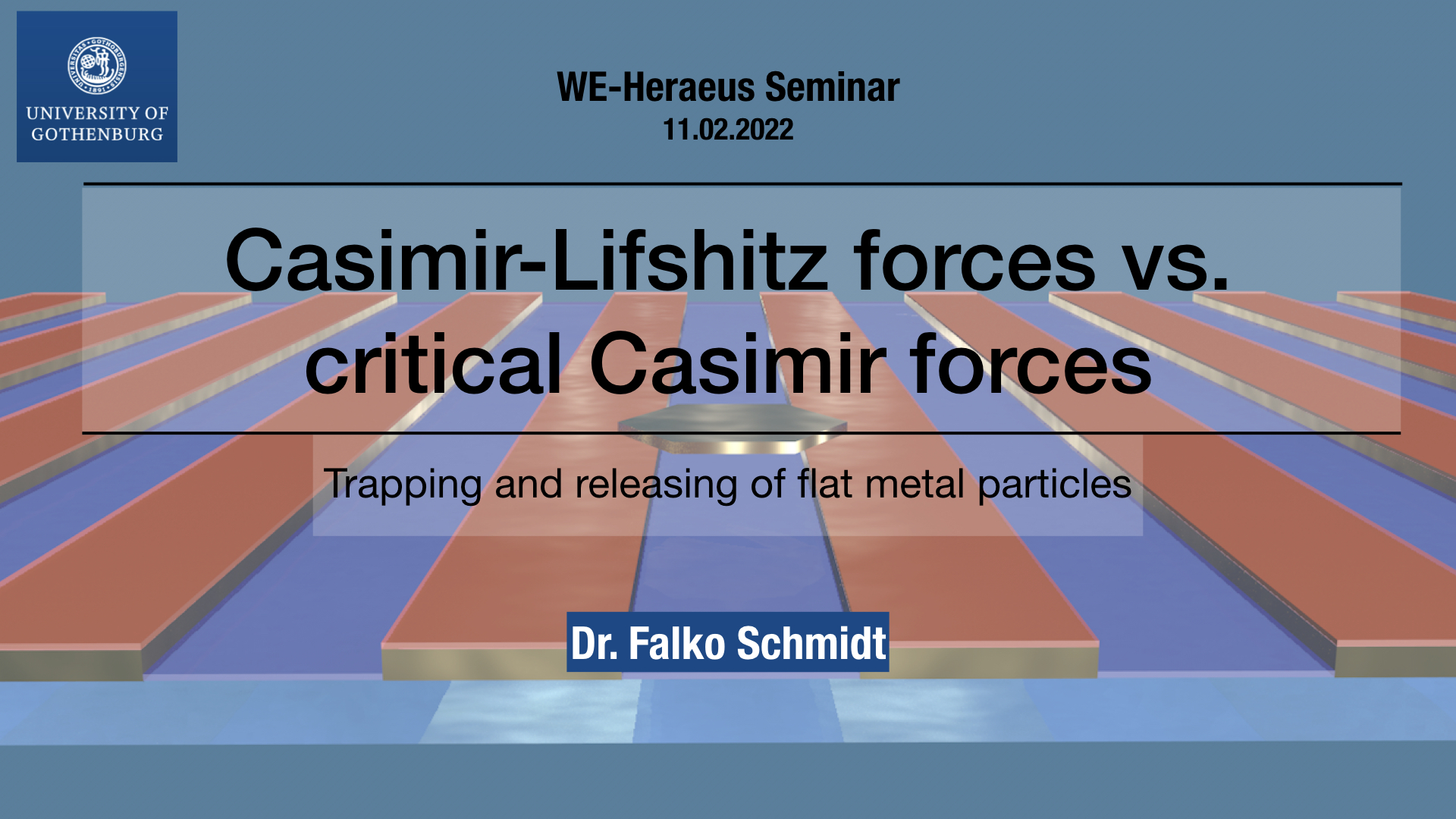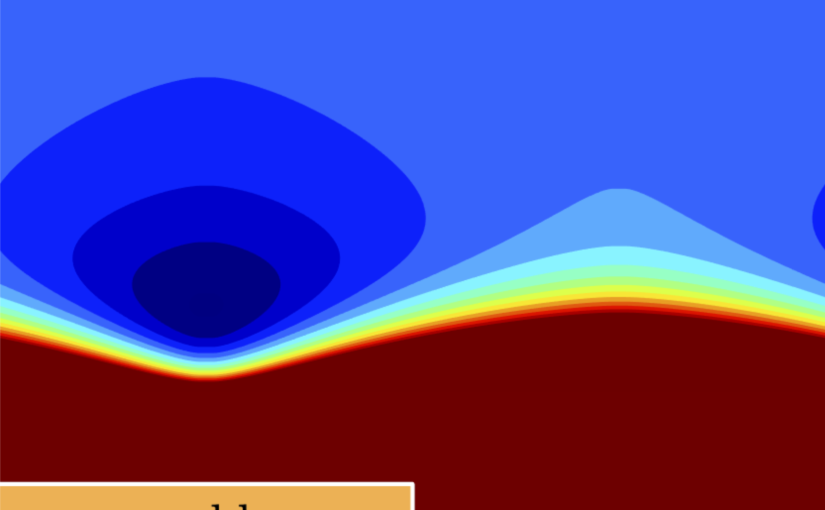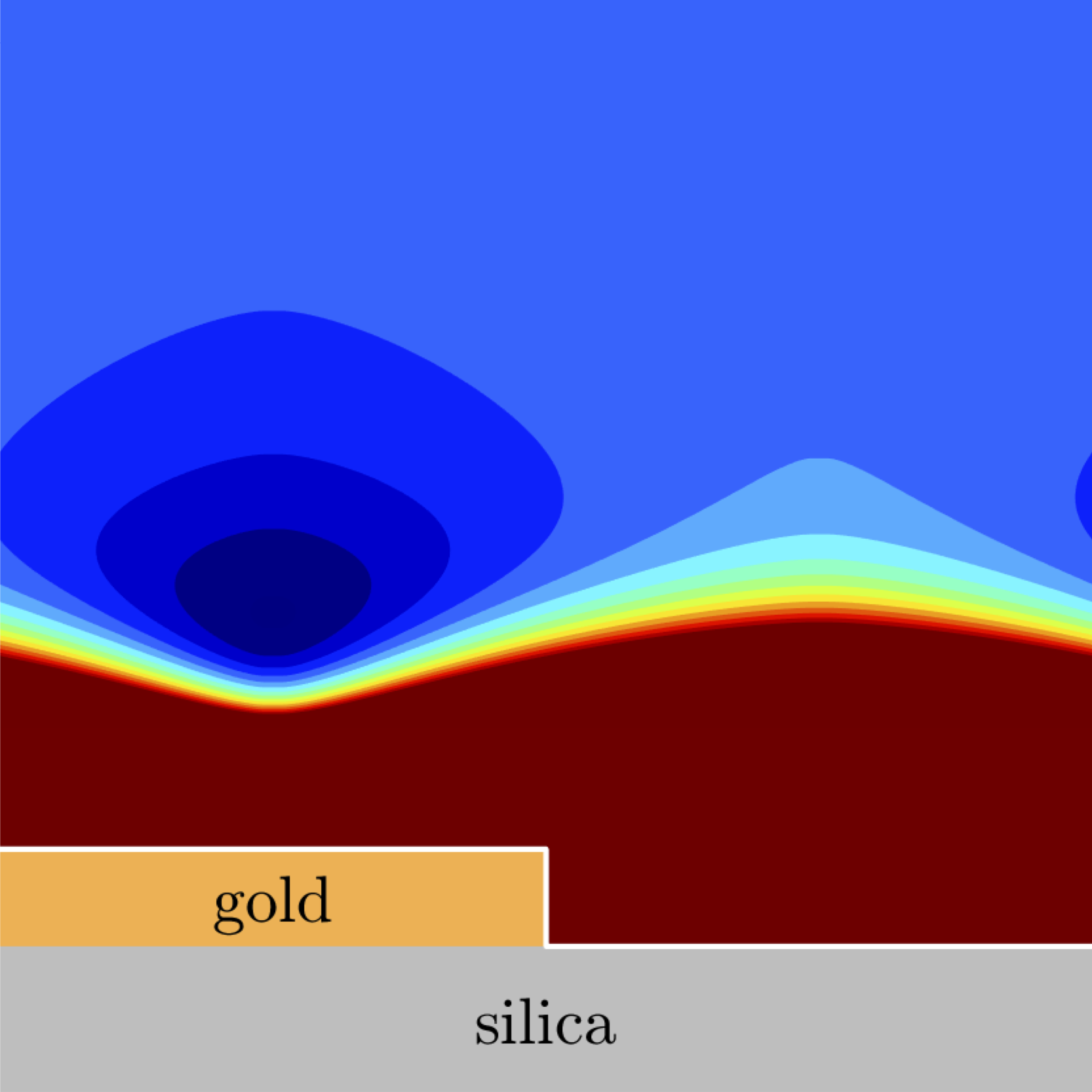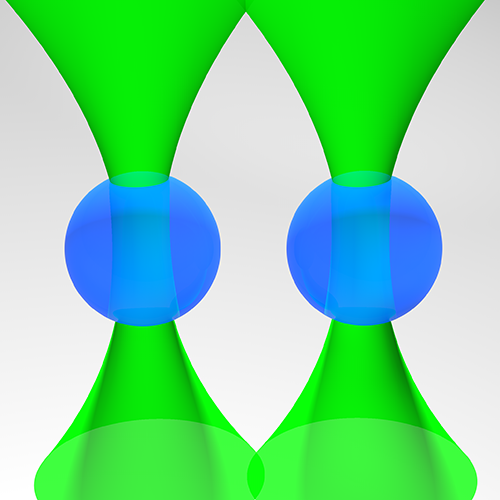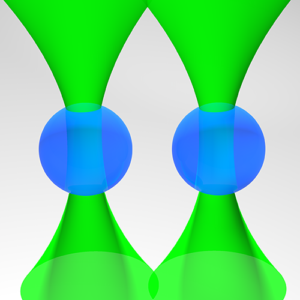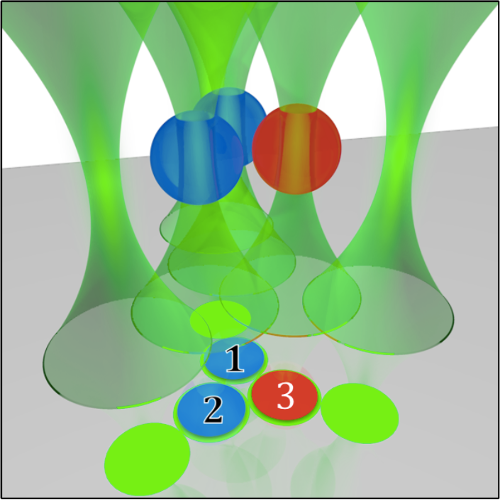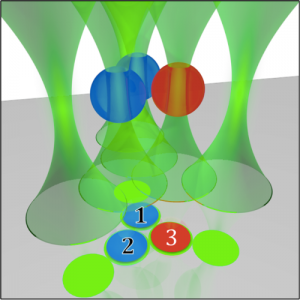
The study, published in Nature Physics and co-written by researchers at the Soft Matter Lab of the Department of Physics at the University of Gothenburg, demonstrate that tunable repulsive critical Casimir forces can be used to counteract stiction, i.e., the tendency of tiny parts of micro- and nanoelectromechanical devices to stick together, which is caused by the Casimir-Lifshitz interaction.
The study is featured also in Phys.org, NanoWerk.
Here the links to the press releases:
Casimir vs Casimir – using opposing forces to improve nanotechnology (GU, English)
https://www.gu.se/nyheter/casimir-vs-casimir-klaschande-krafter-kan-forbattra-nanotekniken (GU, Swedish)
Casimir vs Casimir – usare forze opposte per migliorare le nanotecnologie (SISSA, Italian)
Casimir vs Casimir – using opposing forces to improve nanotechnology (SISSA, English)
Nano-Bauteile clever voneinander lösen (Heinrich-Heine-Universität Düsseldorf)
Clever method for separating nano-components (Friedrich-Schiller-Universität Jena)
Clever method for separating nano-components (Phys.org)
Clever method for separating nano-components (NanoWerk)
